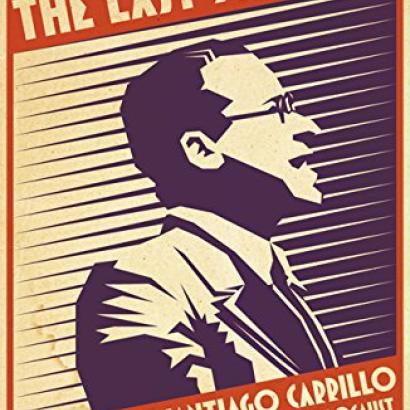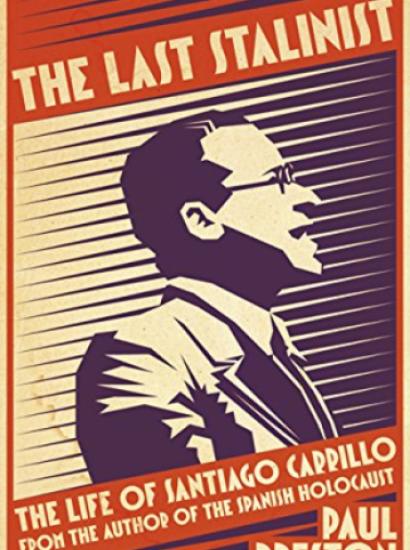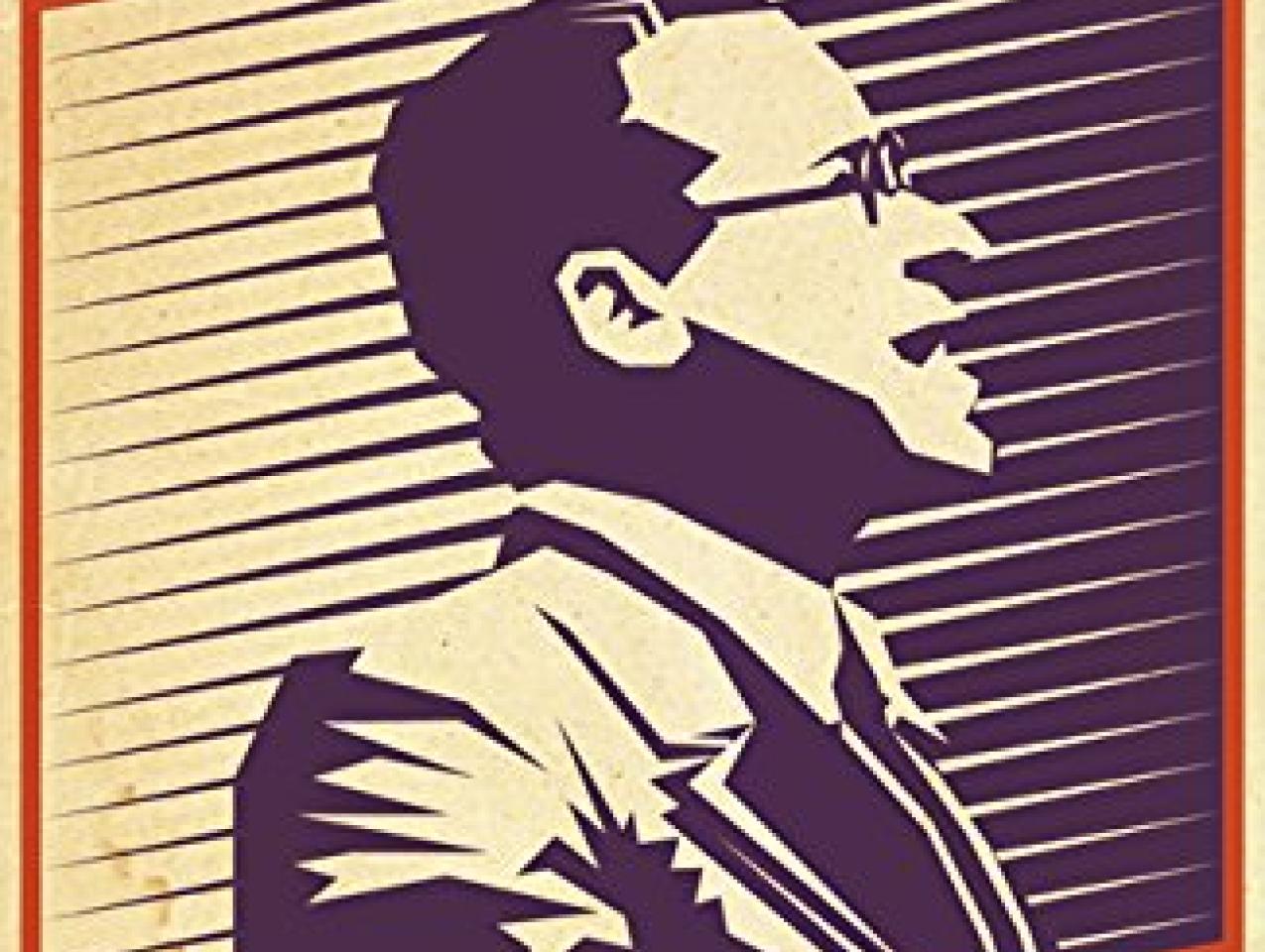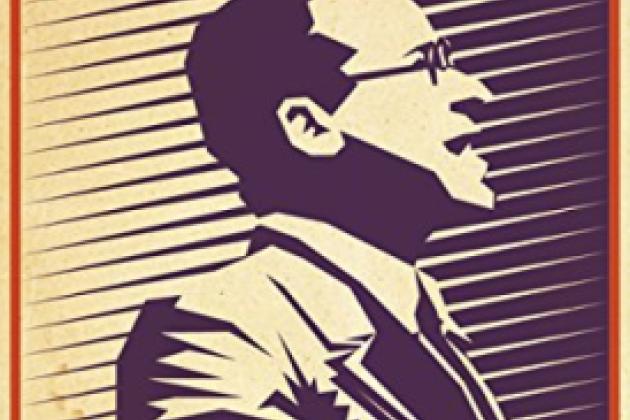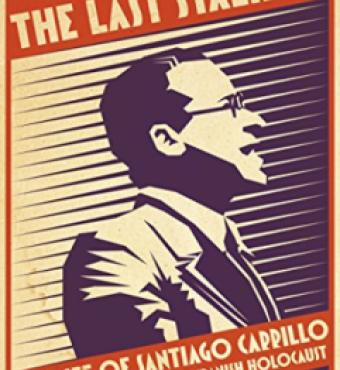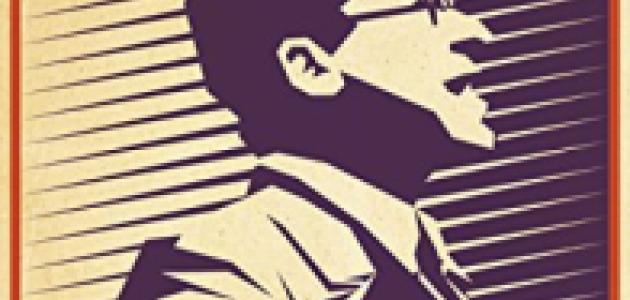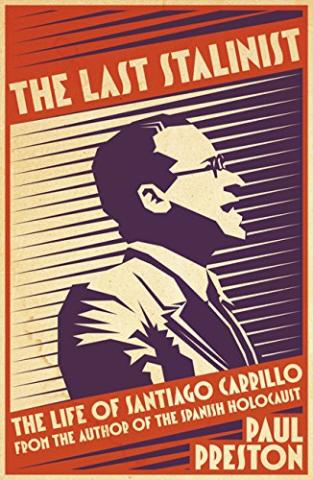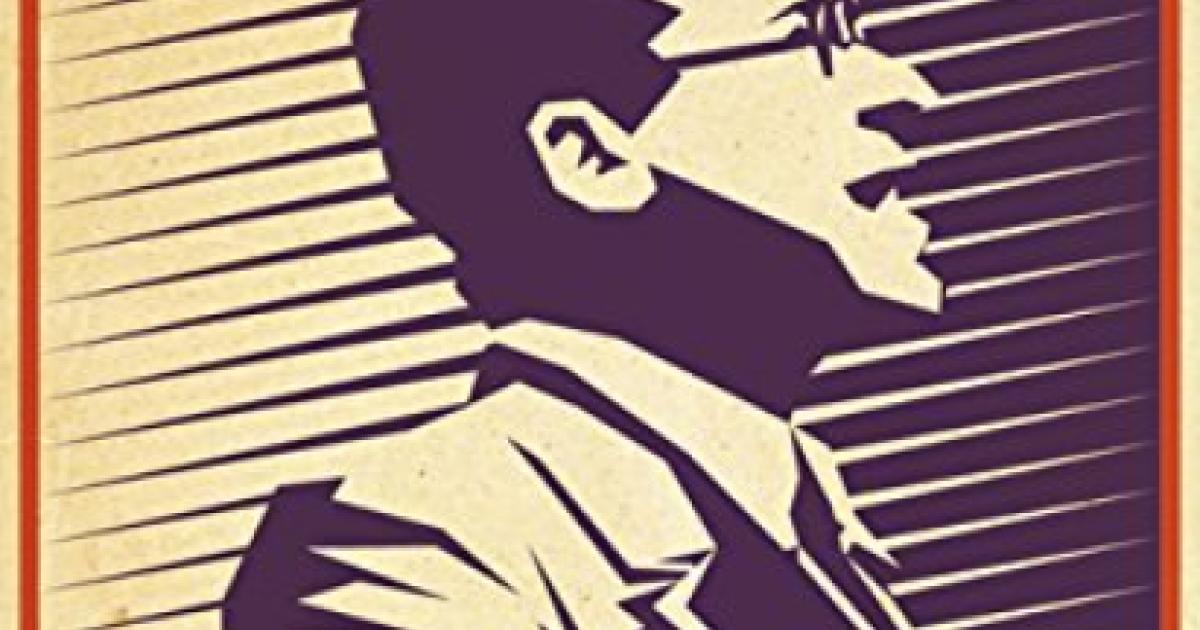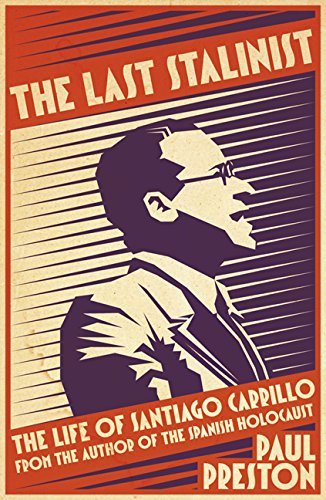
Stalinism has left an ignominious pantheon, from the famous (Jean Paul Sartre) to the forgotten. Into the latter category falls Santiago Carrillo, the Spanish Communist leader who is now the subject of an exhumation by Paul Preston of the London School of Economics. As the author of “Franco” (1993), still the best biography of the caudillo, and “The Spanish Holocaust” (2012), a brilliant account of the atrocities in the country’s mythologized civil war (1936-39), Mr. Preston has a fair claim to being the world’s leading authority on 20th-century Spain. His new work tells the story of Franco’s “most consistent left-wing enemy,” whom the author knew and poetically deems “The Last Stalinist.”
How did someone become a Stalinist? For most, it was a commitment to social justice as well as a heady climb out of insignificance toward self-aggrandizement, while ostensibly dedicating oneself to serving others. Carrillo’s path, from his birth in 1915 into a family of metalworkers, began in the “class struggle,” but on the non-Communist left. His father served as a prominent trade unionist in Spain’s moderate Socialist Party. The son, via connections and his own dynamism, vaulted in 1934 to the post of general secretary of the Socialist Party’s youth wing. The youth were further to the left: An oversized portrait of Stalin came to dominate the young Carrillo’s office. In the 1930s, Stalinism appealed to those in a hurry.
After a failed worker uprising in October 1934 against a more rightist incarnation of the republican government that resulted in 17 months in prison, during which time he demanded revolutionary “Bolshevization” of his father’s gradualist Socialists, the 21-year-old Carrillo betrayed his father, stealing his way to Moscow and folding the Spanish Socialist Youth into the Communist Youth International.
Carrillo fought with the republic against General Franco’s Nationalist insurgency in the civil war, and as Mr. Preston conclusively shows, played a leading role in the decision to execute, instead of evacuate, some 2,000 imprisoned Nationalist sympathizers—a massacre that would eventually haunt his political career.
Once Franco and his co-conspirators had risen up against the legal government, they pushed it and its defenders to the left—the very outcome the generals’ putsch claimed to be preventing. But Mr. Preston refuses to acknowledge the abject failure of Spain’s so-called Popular Front coalition of Socialists, anarchists and Communists, which was doomed by the irredeemable depravity of Communism, or how Franco held power by forging a de facto popular front on the right, in no small measure because of the now genuine threat posed by the revolutionary left.
Even before Franco’s victory in 1939, Carrillo departed for what became a 37-year exile, mostly in France, where he headed the expansive Spanish Communist expat group and survived Stalin’s ongoing murders of legions of foreign Communists. Asserting his slavish loyalty, he wrote an open letter in 1939 denouncing his Socialist Party father: “When you ask to be in touch with me, you forget that I am a Communist and you are a man who has betrayed his class . . . Between a Communist and a traitor there can be no relations of any kind.” Carrillo’s father responded to the person he presumed to stand behind the heinous letter: “I, Señor Stalin, had always educated my son in the love of freedom, you have converted him to slavery. I still love him.” Carrillo junior earned a promotion to the top ranks of the Spanish Communist party.
When in 1947 Spanish Communist exiles in the U.S.S.R. applied to depart, Carrillo was summoned to Moscow. An ovation and a shout of “they should be shot in the back” greeted his fulminations against the “traitors who leave the country of socialism to go and live among the capitalists.” Carrillo returned to France. Spaniards seeking Soviet exit visas were dispatched to the gulag. A Stalinist voice in the West, he would defend the early 1950s executions of Eastern European Communists.
After Stalin’s death in 1953, the wily Carrillo survived Khrushchev’s de-Stalinization in 1956 and that same year defended the Soviet crackdown in Hungary. From December 1959-82, initially still in exile, he served as general secretary of Spain’s Communist Party, the longest tenure of any Spanish party leader. Mr. Preston shows how he kept himself in power: Carrillo expelled and, in a few instances, physically eliminated old resistance fighters (“Trotskyist scum”) perceived to threaten his supremacy in the party. Soviet-trained assassins did the dirty work.
In November 1975 Franco died. Carrillo returned to Madrid disguised as a businessman in a cashmere overcoat. A negotiated transition to democracy ensued under a restored monarchy, and in 1977 the Spanish Communist party was re-legalized. Carrillo won a seat in parliament.
Carrillo’s abandonment of violent revolution to accommodate Spain’s new political realities shocked the party he led. True, as early as 1968, he had condemned the Soviet crackdown in Czechoslovakia, beginning a moderation of the Spanish Communist Party. But as he began to support the transition to “bourgeois” democracy, Carrillo raised the ire of the radical left. In 1985, the 70-year-old was purged from the Spanish Communist Central Committee and formed a breakaway party, which failed and, without him, later merged with the democratic Socialist Party, whence he had originated.
“The lies, the half-truths, the treachery all demonstrate, along with the intelligence, the stamina and the daring, that the key to Carrillo was ambition,” Mr. Preston concludes. “His ambition and the rigidity with which he pursued it squandered the sacrifices and heroism of the tens of thousands of militants who suffered in the struggle against Franco.” Of course, such betrayals were not a personal failing but the essence of Communism, and always rationalized by service to the cause.
This is a book for aficionados of Spanish and of Communist history, a well-documented expose of a cagey chameleon. Carrillo spent his last 17 years wielding his oratorical skills on television and in books, including, in 2000, “Has Communism Died?” He died in his sleep in 2012, his ashes scattered into the sea.







